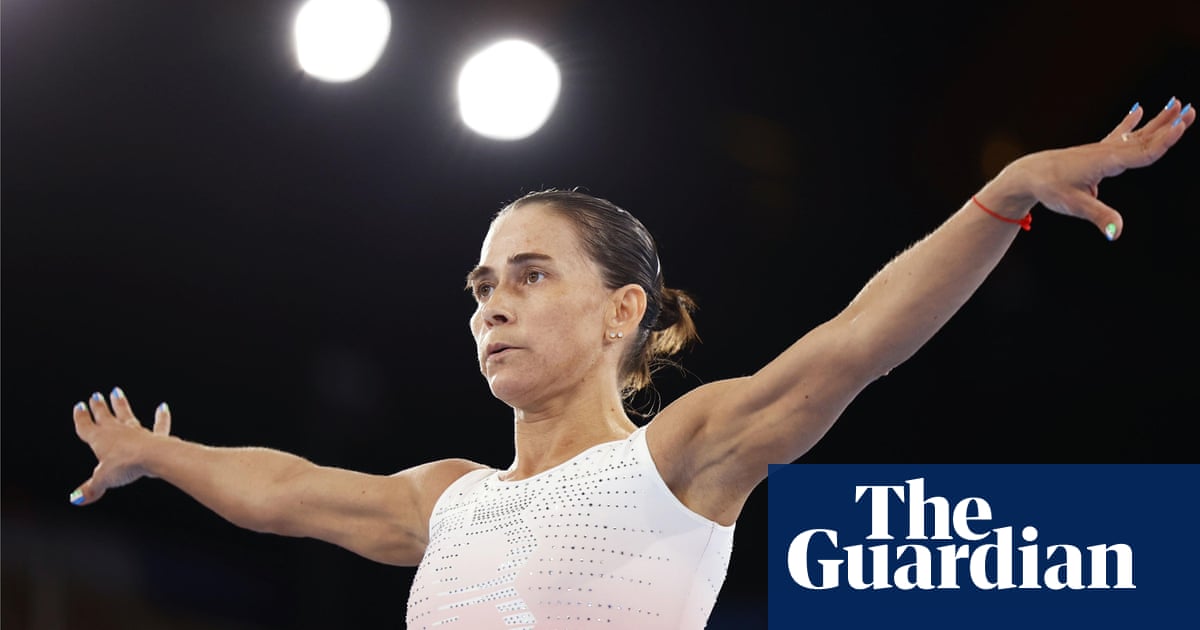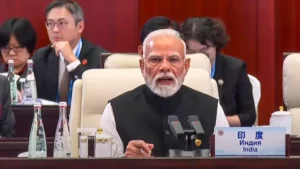Uzbek legend Oksana Chusovitina set for one final attempt at Olympic glory
So much can happen in the sporting world across four years alone, but throughout the Olympic cycles in recent memory, during a period in which thousands of athletes have had long and fruitful careers before departing into the night, one of the few certainties at each Olympics has been the enduring presence of Oksana Chusovitina.
As a gymnast in a sport dominated for so long by teenagers, Chusovitina was already at a relatively advanced age two decades ago, and she was considered a complete aberration by the time she was 30. Yet Tokyo 2020 marks her eighth Olympics in a career that has spanned three decades. As she completed her podium training on Thursday before her attempts to qualify for another vault final on Sunday, she told reporters in Tokyo that it would be her last.
She has, however, been an unreliable narrator of her retirement. Chusovitina seemed set to retire after the 2009 world championships and then again in 2012, but each time she returned motivated, and continued to perform at the highest level. Now, at 46 with a son older than most of her competitors, things seem different: “My son is 22 years old and I want to spend time with him. I want to be a mom and wife,” Chusovitina said.
Such a heavy focus on the phenomenon of her age can sometimes shroud just how excellent she is, and how the longevity is a testament to her ability. Chusovitina has won 13 world and Olympic medals combined, including a record nine world championship medals on vault, with a silver at Beijing in 2008. She has essentially been one of the top eight vaulters in the world throughout most of her career, most recently finishing fourth at the world championships in 2018, aged 44.
Chusovitina was 16 when she burst on to the international stage 30 years ago at the 1991 world championships, arriving with the Soviet team in Indianapolis as an alternate. She was called up to replace her injured teammate Yelena Grudneva.
Oksana Chusovitina competes for Germany at the Beijing Olympics in 2008. Photograph: Franck Fife/AFP/Getty
She began her debut international competition as a replacement and left it as a star, winning gold medals on floor and in the team competition in addition to a silver on vault. In that competition alone, she registered three new skills in the code of points, including a full twisting double layout (full out) on floor and a full twisting double tuck.
That level of innovation has sustained her and 30 years on the world is still catching up. The full twisting double layout remains one of the most difficult tumbles performed on floor today and the full twisting double back dismount is one of the most common skills on uneven bars.
Chusovitina then added her most important skill 11 years later when she performed a handspring vault with a 1.5 twisting layout. At the 2002 world championships, she indelibly sealed it into the code of points with one of her greatest attempts on the old vaulting horse. It remains one of the most difficult vaults in the world.
Chusovitina’s career has spanned four national teams: the Soviet Union, the United Team in 1992 after the Soviet Union’s demise, her native Uzbekistan, Germany and then Uzbekistan again. In the midst of her flourishing career, she moved to Germany in 2002 after her son Alisher was diagnosed with acute lymphocytic leukemia, and eventually represented them.
After starting her career as a solid all-around gymnast and one of the most dynamic floor workers in the world, Chusovitina morphed into a vault specialist. In Tokyo, it will be the only event she performs in, leaving her with about 10 seconds between her two vaults on Sunday to make her mark as she attempts to reach another final.
Regardless of how her international career ends, though, she has demonstrated 30 years of excellence and class. Her legacy is assured.












